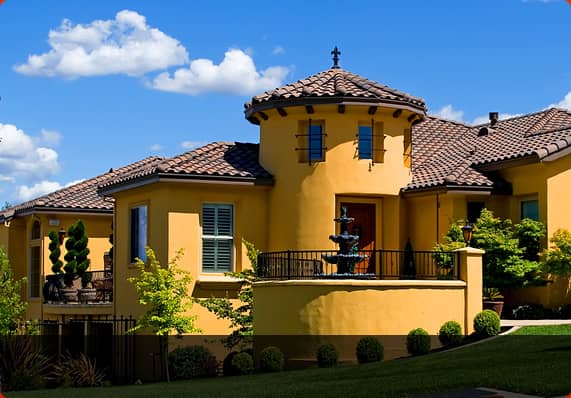Why are property investors interested in population trends?
Property investors need to know how people will be living in the future in order to buy the right type of property today.
But how do we know how people will live in the future?
Realistically, we can only look at current population trends and extrapolate from there as to how people will live in the future.
The Population is Getting Older
Generally, in western, first world nations, the average age of the population is increasing over time and will continue this trend into the foreseeable future.
The age of an average person in a developed country is around 40 to 45 years old and is set to rise to 50 years old. The average age of a person on death is now over 82 years old and this is set to rise to 90 years within the next 15 or 20 years. A young person (under 20 years old) could have a life expectancy of 95 years old.
What does this mean for property investment?
The first issue is that we are going to live longer and work less. Even if we work to 60 or 65 years old, we will have a long retirement. So we need some other source of income other than our jobs to fund our retirement. We cannot work until we are 90 years old.
The second issue is that most research indicates that when people get older, they want smaller, high quality, low maintenance properties. Properties such as apartments or town homes with good facilities (pool, spa, gym, tennis court, BBQ area, etc.) preferably near water (coastal, beachside or lakeside).
And finally, as this demographic is older and work becomes less of a priority (or necessity) the location is more likely to be away from a CBD area and near a beach, mountain or lake resort area. Many people move out of a large city to a regional area to escape high real estate prices and buy a more affordable property in an area with a more relaxed lifestyle.
So in the future, these are the types of properties that may be in high demand.
The Moving Population
Another issue is that real estate is becoming relatively more expensive compared to average earnings. This is forcing people to move to less expensive locations in the world.
Where are the growth areas of the world?
There is a trend in first world, developed countries for people to want to move to a lesser developed country or country with a lower living cost. Many of these countries are in the sun-belt regions of the world. For example, Americans moving to Central America or the Caribbean Islands, Britons moving to Italy or Spain, Australians moving to Bali or Thailand.
Property investors need to consider these factors when purchasing property for capital growth.
Smaller Families
Generally, in western, first world nations, the average family size is reducing. Fewer families have more than 3 children and many only have one child. Many couples are waiting longer before they start a family and many couples are choosing to be childless.
Also, many couples are second or third relationships with or without grown up children.
What does this mean for property investment?
The first issue is people don’t need or want large single-family homes particularly after the family has grown up. These couples end up living in a large single-family home with rooms that don’t get used and are not required. Also, the land size is too large and not used. They need to downsize to smaller, high quality, low maintenance property.
Secondly, these smaller families need to be located near schools, universities, sporting facilities and shopping malls.
More Singles
Another interesting demographic trend is that younger people are staying single longer before entering a serious, committed personal relationship and having a family. Also, the divorce rate is relatively high so there are also many older singles.
This leads to an increase in the demand for rental properties as people are renting longer and putting off purchasing their first home.
Also a married couple with a home that get divorced find themselves renting again as single persons because they cannot afford to buy a home by themselves.
Transportation Developments
Generally, in the foreseeable future, there will be more motor vehicles on the roads as motor vehicles are relatively cheap to own and operate compared to public transport. There will also be more public transport but per head of population the public transport cannot keep up with the increased demand of the increasing population.
As a result of this most couples or families have two cars. Years ago, when cars were relatively more expensive than today, couples only owned one car. But today most couples require two cars especially when both are working. Also many households have grown up children living at home who have a car.
What does this mean for property investment?
Buy properties with 2 garages or car spaces as this is more appealing to renters and future property owners. This can be difficult as developers traditionally don’t make apartments with 2 car spaces and townhouses with double garages, but they do exist.
Renting vs Owner Occupier
Another trend is the increasing rental market particularly for people under 35 years old. As the population size grows so does the rental market. As property has become more unaffordable for young people and first home buyers they are renting longer because they cannot afford to purchase their first home.
I would predict that after the next property boom (when it happens) many people will be locked out of the property market until 40 years of age or even until they inherit their parents’ home.
Conclusion
Property Investors must take into account the above property trends to successfully buy the right property that will meet the needs of the rental market well into the future. This will guarantee continued demand for your property to secure your financial future.

